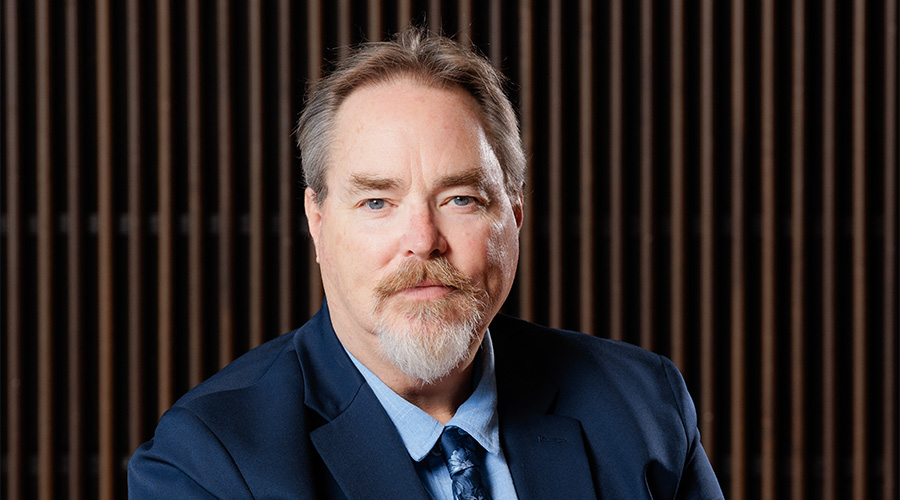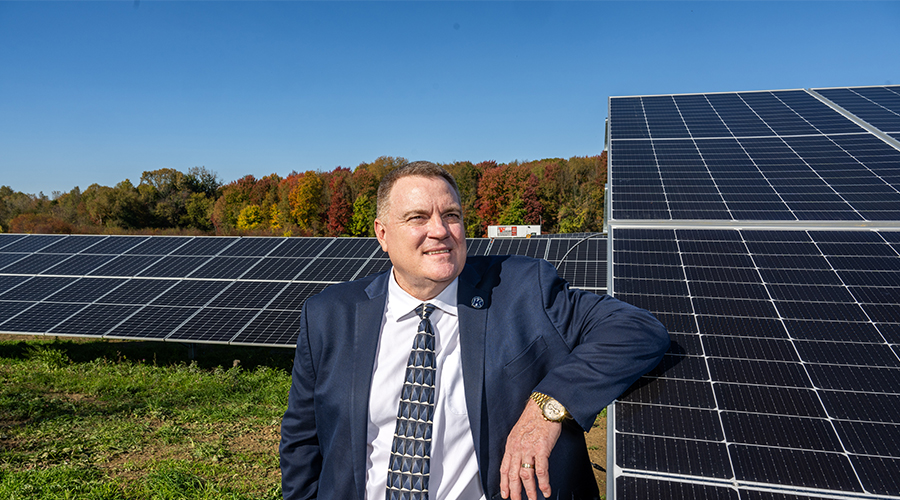TD Bank Spreads Sustainability Across Multi-National Portfolio
Now, take the exhaustive approach to sustainability that LBNL has adopted and spread it over a multi-national portfolio and you have TD Bank. TD Bank Group is the sixth largest bank in North America by branches, with more than 2,500 locations, 20 million square feet, and 85,000 employees. And in 2008 it made a commitment to go carbon neutral. The bank has 100 locations that are LEED certified, most at the Gold or Platinum level, and it has two net zero energy use branches: one new construction in Fort Lauderdale, Fla., and one existing building retrofit in London, Ontario. In addition, the bank's new data center facility has a net zero administration building. "What started as an incubator or learning process has become the norm," says John De Benedictis, senior manager, retail facilities management for TD Bank Group, talking about the move from LEED to pursuing net zero.
For the bank, it makes perfect business sense to pursue such aggressive and holistic sustainability strategies. "Many customers are coming to us and saying we'd like to align to an organization that adopts a similar lifestyle," says De Benedictis.
The key to mobilizing a large portfolio is having a cohesive strategy — formalized in TD's enterprise green building program — and a strong education program. The education program serves to catalyze customer and employee commitment to the initiatives and creates awareness. For example, an internal online tool calculates the carbon impact around facilities-centric activities, such as plug load. "Our employees are the front line and they can, in turn, pass on the environmental message to our customers," he says.
Passing on the environmental message is a lot easier in facilities that provide physical evidence to the customers, such as the 30 U.S. stores that have onsite solar generation. The bank takes education literally to heart at the Ontario location, which has partnered with a neighboring elementary school, providing learning space under the canopy of its solar array.
And TD itself continues to learn from diverse sources, including meeting with regulatory bodies and NGOs like Greenpeace for strategy tips. "They all have ideas and programs, and you can sit down with them and have a conversation about what they're doing in a particular community," De Benedictis says. That approach gives the bank ideas for ways to tailor strategies to succeed in different locations.
Outside of the more innovative projects, such as the net zero facilities, De Benedictis doesn't see why any organization of any size couldn't adopt the majority of their sustainability practices. It's all in "how you engage employees and what tools or tips or resources you can provide them to support their sustainability practices at work and at home," he says. "And from a customer perspective, gauging what interest they have and trying to support or enhance that is certainly something any organization can do."
Email comments and questions to naomi.millan@tradepress.com.
Tip: Mobilize Employees
TD Bank has found success in its sustainability strategies by having them permeate the organization from the ground up. "If you can engage the employees in not only contributing but also helping to execute (the sustainability strategies), then you've now just driven that into the culture of the organization without having a marketing group or head office group trying to drive that down into the culture of an organization," says De Benedictis.
Related Topics:


















